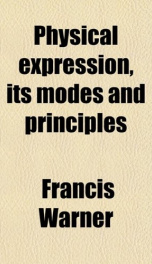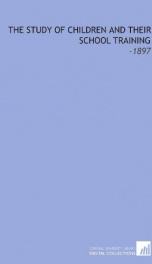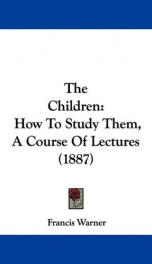physical expression its modes and principles

Purchase of this book includes free trial access to www.million-books.com where you can read more than a million books for free. This is an OCR edition with typos. Excerpt from book: CHAPTER III. EXPRESSION IN MAN AND IN ANIMALS. The act of expression does not prove vitalityIn living things expression is the outcome of nutritionNutrition not considered here, only its expressionExpression when the outcome of processes in the subject is called directGrowth results from locul nutrition; such processes are termed trophic Nutrition is an expression of lifePermanent impressionability; it is opposed to evolution, it may be expressed hy reflex actionRetentivenesa need not be permanent.Development and reflex action as modes of expressionApparatus for reflex movement; reflexes may bo congenital, or acquired Reflected action, as expression by form or colourAny outcome of function may bo expressiveExpression by colour, sound, change of function in a partMovements of an actor in anger Trophic action illustrated by the growth of crystals, growth of the bodyCoincident development of parts; coinnident defects in imbecilesProperties demonBtrutud by external forcesHeredityExpression of the emotionsSummary. In the last chapter the principles and modes of expression were described and discussed, and it seemed well to illustrate all points by examples taken from living and non-living subjects. The mere fact of expression in a subject is no evidence of vital characters, no proof that it is a living rather than a non-living thing. In the presentchapter we shall speak of expression in man and in animals, and the illustrations of modes of expression will, as far as possible, be taken from the cases of living beings. The great and striking general difference between the modes of expression in animate and inanimate subjects, is due to the fact that, in the former, vital properties and nutrition are essential. We will commence with the study of the signs of...
Info about the book
Author:
Series:
Unknown
ASIN:
B008LH57ES
Rating:
3/5 (2)Your rating:
0/5
Languge:
English
Users who have this book
Users who want this book
What readers are saying
What do you think? Write your own comment on this book!
write a commentif you like physical expression its modes and principles try:
Do you want to exchange books? It’s EASY!
Get registered and find other users who want to give their favourite books to good hands!




